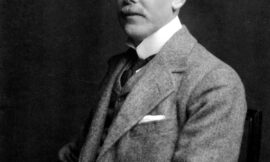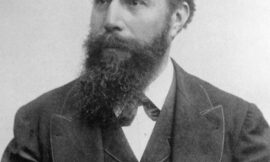Mary, Queen of Scots, is one of the most captivating and tragic figures in Scottish history. Born on December 8, 1542, she ascended to the throne of Scotland at just six days old, following the death of her father, King James V. Mary’s turbulent life was marked by political intrigue, religious conflict, and personal tragedy, ultimately culminating in her dramatic downfall and execution.
Despite her royal lineage, Mary’s reign was plagued by challenges from the outset. Her minority led to a power struggle among rival factions vying for control of the Scottish crown. This tumultuous political landscape was further complicated by religious tensions between Catholics and Protestants, which divided the kingdom and fueled conflict throughout Mary’s reign.
In 1558, Mary married Francis, Dauphin of France, forming a powerful alliance with the Catholic monarchy. However, Francis’s premature death in 1560 left Mary a widow at the age of 18 and forced her to return to Scotland to rule as queen consort. Her return sparked controversy and conflict, as Scotland was now deeply divided between Catholic and Protestant factions.
Mary’s reign in Scotland was marked by political instability and personal turmoil. Her marriage to Henry Stuart, Lord Darnley, proved disastrous, as Darnley proved to be a volatile and unreliable consort. Their relationship deteriorated rapidly, culminating in Darnley’s murder in 1567—a crime for which Mary was widely suspected, although her involvement remains a subject of debate among historians.
Following Darnley’s death, Mary married James Hepburn, Earl of Bothwell, a move that further alienated her from her subjects and sparked outrage among the Scottish nobility. In 1567, Mary was forced to abdicate the throne in favor of her infant son, James VI, and fled to England seeking refuge and support from her cousin, Queen Elizabeth I.
Mary’s arrival in England proved to be her undoing. Elizabeth, wary of Mary’s claim to the English throne and the threat she posed as a Catholic heir, imprisoned her cousin for nearly 19 years. During her captivity, Mary became embroiled in various Catholic plots and conspiracies to overthrow Elizabeth, leading to her eventual arrest, trial, and execution for treason in 1587.
Mary, Queen of Scots, was executed on February 8, 1587, at Fotheringhay Castle in England. Her death marked the end of a tumultuous and tragic life, characterized by political intrigue, personal tragedy, and religious conflict. Despite her flaws and failings, Mary remains a figure of fascination and sympathy, remembered for her beauty, intelligence, and indomitable spirit in the face of adversity.



